Finding Their True Home
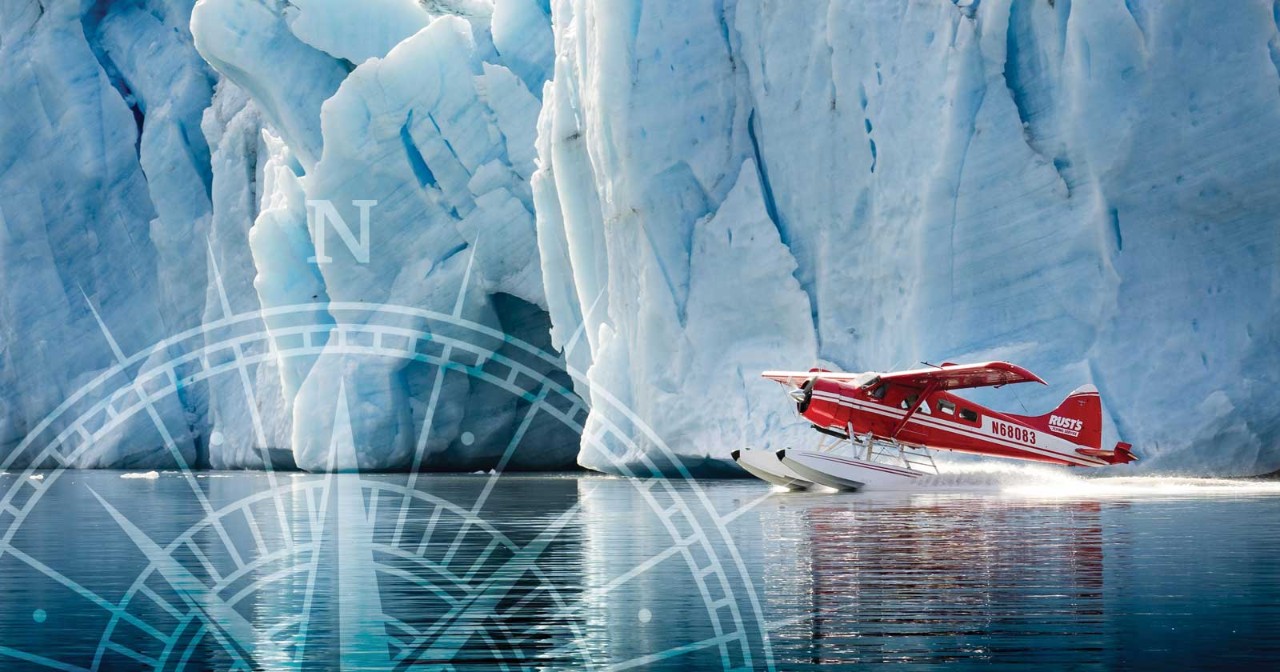
Blue Hens discover wonder, adventure and a surprisingly robust alumni community in Alaska
Deep within the Alaskan wilderness, with no place to live and $50 to his name, Steve Halloran, AS80, went searching for a job. He told an operations manager at Denali National Park—where rugged beauty stretches across six million acres—that he would happily perform grunt work in exchange for a place to sleep and the occasional shower. He was twice turned away before the boss finally relented, offering him a job for $2.50 an hour as a housekeeper in Denali hotels.
Perhaps this manager had doubts about Halloran’s ability to survive in the last frontier. Here was a communication major who’d grown up in Wilmington, Del., a kid accustomed to strolling the Georgian brick pathways of UD, just 25 miles from his childhood home. On the one hand, picking up and moving to Alaska with no savings and no plan may have been a bit… wild. On the other hand, Halloran is a Blue Hen.
Graduates of UD have all the right ingredients for survival in the Land of the Midnight Sun. They are bold. Resourceful. Pathologically curious. And they embody a sense of adventure that—like the alpine tundra of Glacier Bay—cannot be tamed. Today, nearly 100 alumni are scattered across cities and tundra, fjords and forest, bound by a shared appreciation for their college years—the period when, so many say, they became Alaska strong.
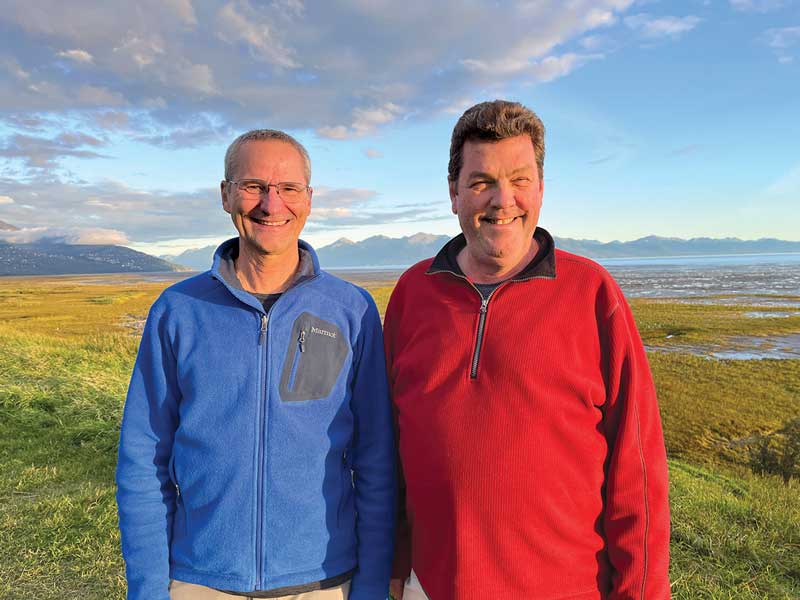
“You can take the Blue Hen out of Delaware—even to the far reaches of North America,” Halloran says. “But you can never take Delaware out of the Blue Hen.”
Consider David Frey, EHD79. For this Pennsylvania native, Alaskan daydreaming began in high school, when he wrote the state’s commerce department requesting information about a potential move after graduation. In return, he received a flier printed with bold, block letters: DO NOT COME. Turns out, construction of the trans-Alaskan oil pipeline had triggered a Gold Rush-style stampede of migrant workers seeking their fortune. So Frey decided to bide his time—and hone his sense of adventure—at UD.
He stepped outside his comfort zone in myriad ways: refereeing campus basketball games, participating in student government. And he convinced Halloran—the roommate with whom he’d been randomly placed; the roommate who’d never traveled west of Harrisburg—to do the same.
During one spring break, the fast friends thumbed it to Myrtle Beach and back. And, thanks to a domestic student-exchange program, they hiked through the lush greenery and majestic waterfalls of Eugene, Oregon, their wanderlust stoked by riveting Alaskan travel stories shared by savvy locals.
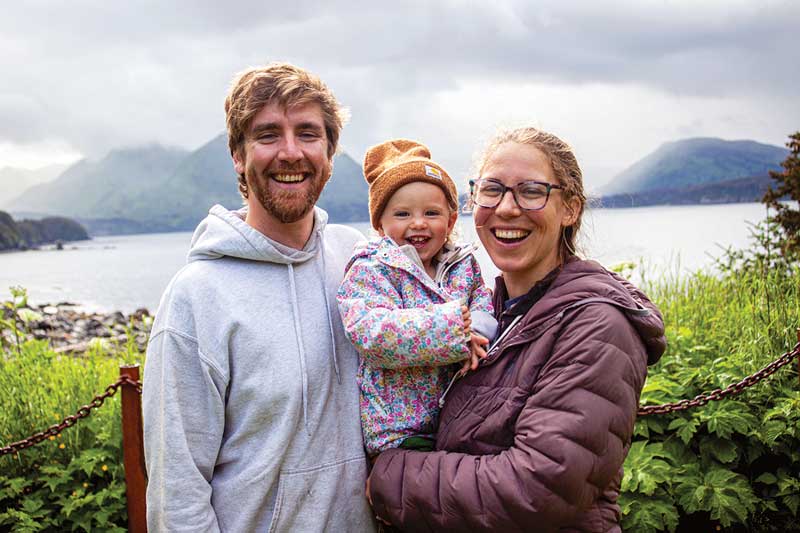
After graduation, the duo made separate treks to the final frontier. Frey spent the early part of his career working as a counselor at a facility for juvenile offenders, and he organized what was supposed to be a one-day hiking trip for four kids under his purview. But several miles up the Granite Tors Trail, which climbs more than 3,000 feet, fog descended, and the group lost sight of their snowy path. Without any hope of getting back by dark, and with no tent or sleeping bags, they were forced to spend a rainy night amidst towering spires of molten rock. While the youth facility staff feared the worst, and Frey’s wife organized a search party, the unlikely pack built a fire, shared candy bars for dinner and sang old Beatles songs under the moon.
“We experienced the comradery that you can only develop in an emergency situation,” says Frey, now a tour guide operator based in Fairbanks. “What should have been a miserable night turned into one of the most memorable experiences of my career.”
Then there’s Lukas Bercy, EG10, who once worked on quality control for a multinational chemical company in Massachusetts, then a biotech company in Seattle. One day, when he’d had enough of gray cubicles in windowless rooms, “I decided I wanted to go fishing.” In 2015, Bercy and his then-girlfriend, now wife, picked up and moved to Kodiak Island in the southwest, where the Blue Hen launched a saltwater fishing and hunting charter company. Now—when he’s detangling lines from a propeller or fixing the broken heater of his 43-foot vessel on a snowy day at sea—he regularly leans on the problem-solving skills gleaned while studying chemical engineering at UD.
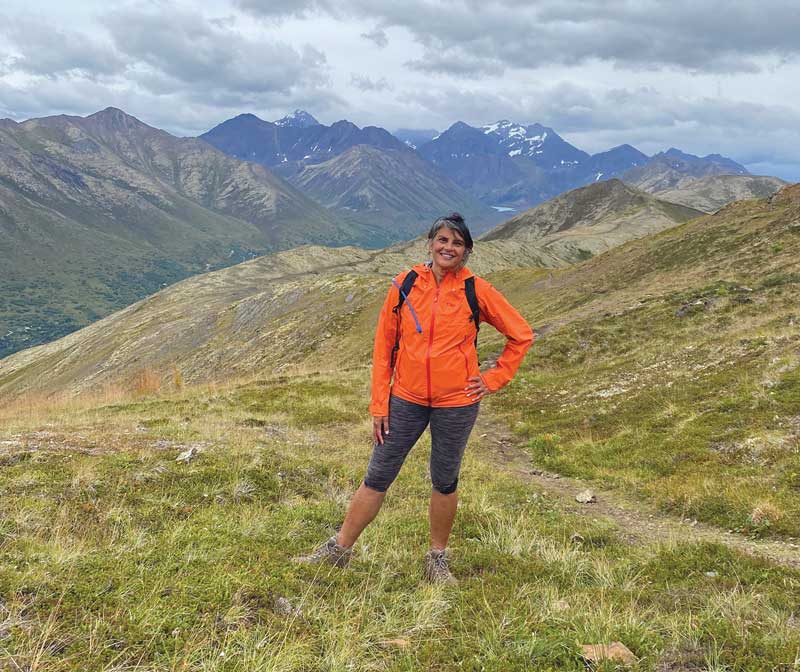
“My education taught me that the simplest solution is usually the best solution—whether you’re working in an office or on the open ocean,” he says, adding: “I am so grateful to be in this place.”
Problem solving is a factor of everyday life in Alaska. Just ask double dels Barry, AS80, and Elizabeth Neal, HS80, who report watching their grandson extra closely as he toddles around their backyard in the town of Eagle River, should yet another 1,200-pound moose come ambling through. Or ask William Kanour, ANR80M, a retired commander in the U.S. Navy who spent a portion of last winter so snowed in, he tunneled his dogs through the door of his Nikiski home and hired an excavator to remove 10-foot banks from his driveway.
But for every hardship, there’s an equally compelling draw: northern lights that transform the sky into an otherworldly canvas. Majestic ice caves that feel like an aquamarine dream. Fulfilling work opportunities that connect a person to their one true calling.
At least, this has been the case for Monica Shah, AS00M. The University never taught the California-born Blue Hen how to warn off a charging grizzly bear by firing a shotgun into the air—that she learned on her own while conducting archaeological surveys along a rugged inlet in Alaska’s remote Shelikof Strait. (“I really thought I was going to die.”) But Shah’s time in UD’s world-class art conservation program did stoke a passion for preservation work—even in the face of 700-pound obstacles. Today, she serves as deputy director of conservation and collections for Anchorage Museum, where she helps Indigenous tribes connect with their ancestry.
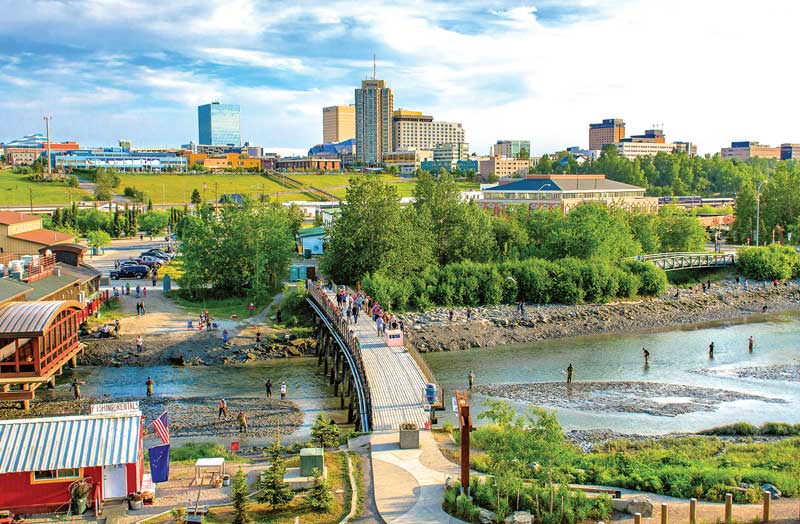
“There is so much culture and diversity of thought within the communities of Alaska, and it’s so rewarding to steward the material culture that belongs to these groups,” she says. “I have my dream job, and I don’t think I’d be here without my UD mentors.”
As for Halloran, after he paid his dues serving as a housekeeper in Denali hotels, he spent 20 years working his way up the ranks—waiter, bus driver, transportation manager—until he took the reins from his boss as head of park operations. Following that, the Anchorage-based Blue Hen applied his communication degree to serving the state in numerous ways: director of tourism for the town of Skagway, board member for an Anchorage visitors bureau and, now, tour guide for a string of companies. Ask him about guiding people through roiling, class-4 rapids, or that time he witnessed a David Attenborough-worthy standoff between a caribou and a wolf, and he’ll tell you his career is all about connecting people—to adventure, to fresh air, to a sense of freedom in the great outdoors.
“A lot of folks have very regimented lives,” he says. “They get up, go to the same office every day. It’s a privilege to see wonder on their faces.”
Today, with the encouragement of his former roommate, Halloran is turning his attention to connecting the alumni who call Alaska home. So far, bringing the group together for happy hour drinks in Anchorage has proven tricky. The state is twice the size of Texas, which makes travel difficult, especially during inclement weather—a snowstorm nearly torpedoed the initial effort (read: two attendees). But Halloran hopes to plan another get-together sometime in the future, and he’s confident his peers will embrace this newest adventure.
After all, he says, it’s as clear as water in the famed Egegik River: Blue Hens in the wild are always up for a challenge.
Read this article on UDaily.
Article by Diane Stopyra. Feature image courtesy of Visit Anchorage Alaska (VAA). Jodyo.Photos.



